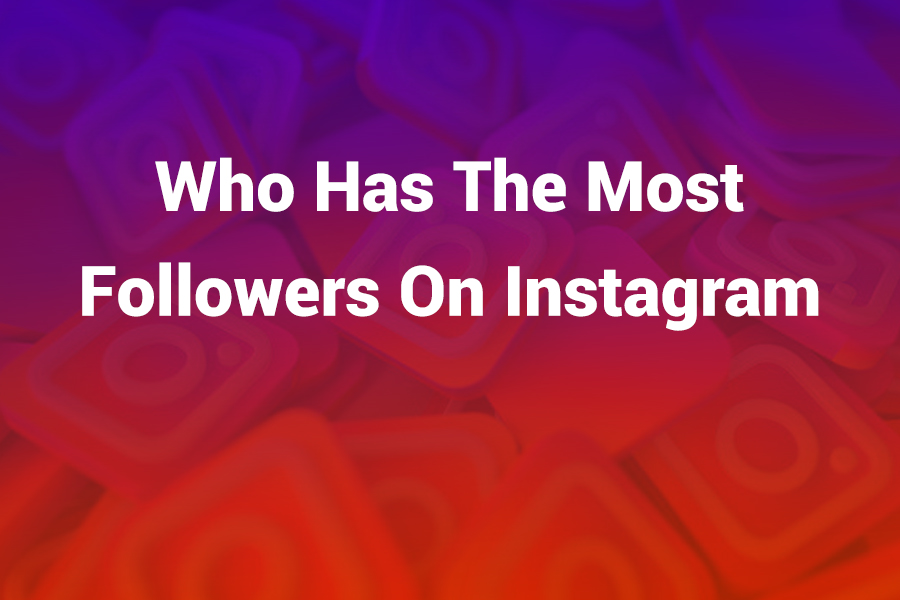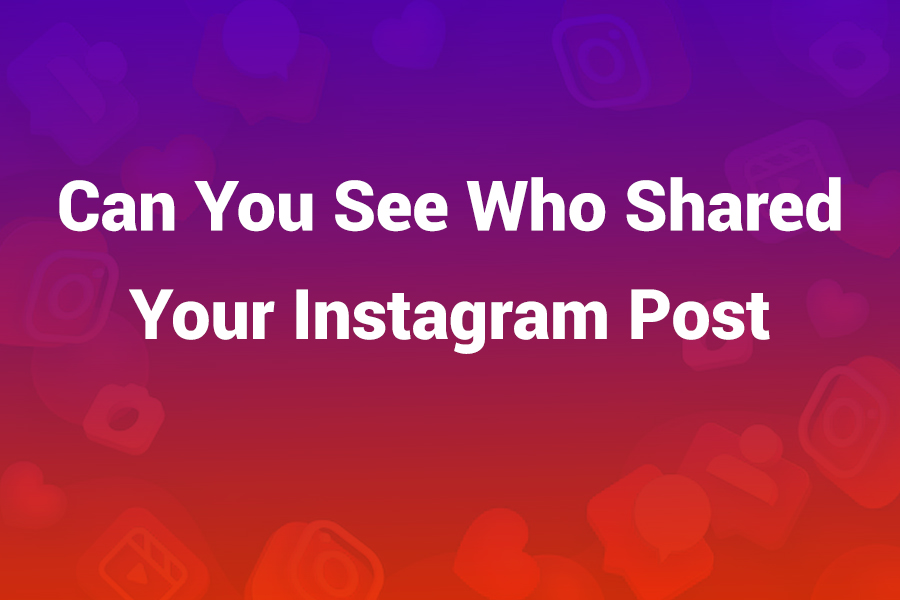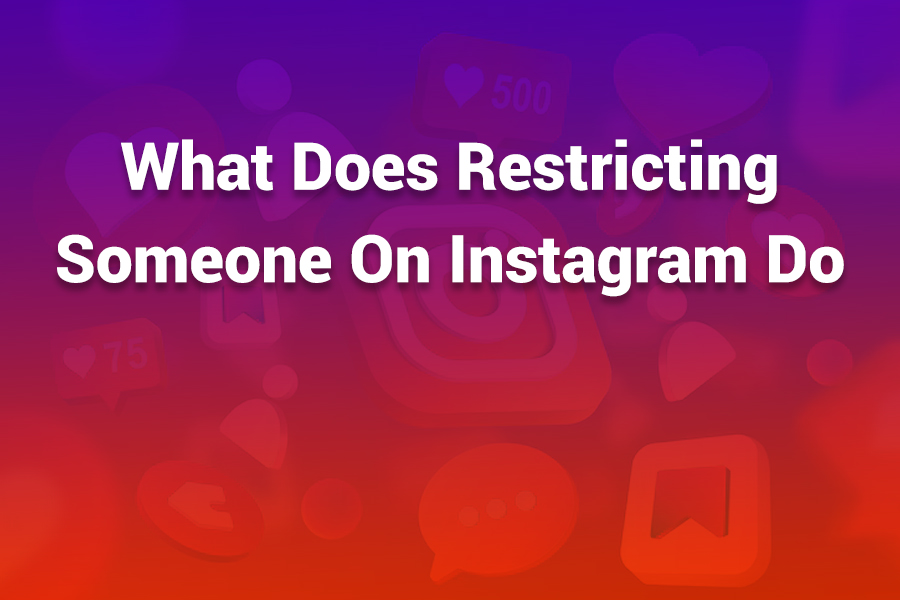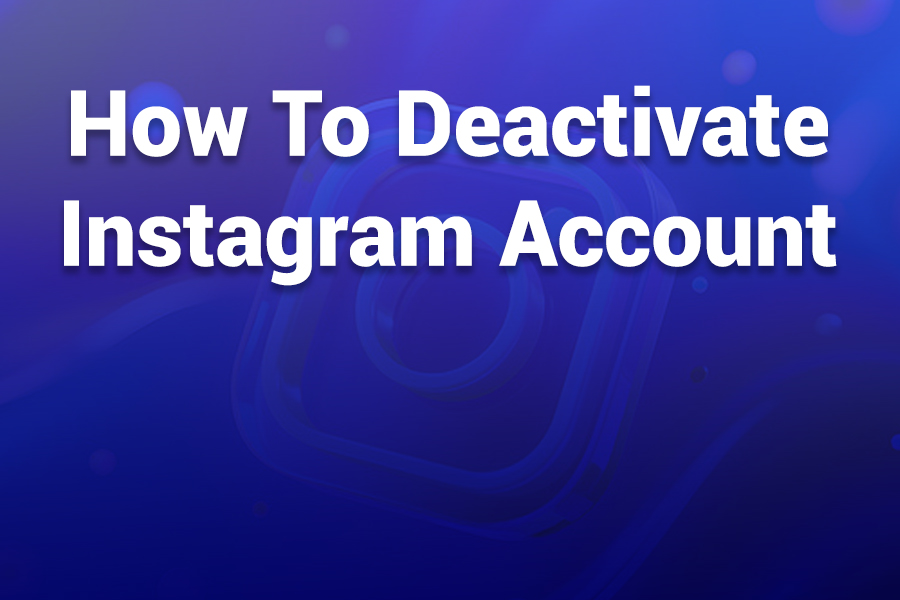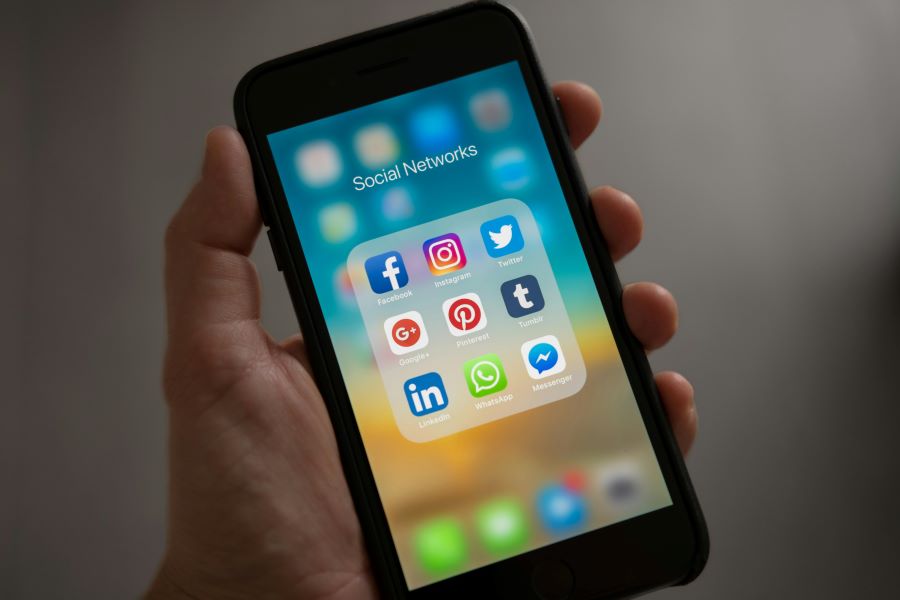
In the fast-paced world of social media marketing, timing is everything. With over 2 billion monthly active users scrolling through Instagram daily, understanding when your audience is most active can be the difference between a post that gets lost in the feed and one that drives meaningful engagement. The strategic timing of your Instagram posts isn't just about convenience—it's a crucial component of your overall social media strategy that can significantly impact your reach, engagement rates, and ultimately, your business success.
The Instagram algorithm has evolved dramatically over the years, becoming increasingly sophisticated in determining which content appears in users' feeds. While factors like content quality, relevance, and user relationships play vital roles, the timing of your posts remains a fundamental element that can amplify or diminish your content's performance. This comprehensive guide will explore the science behind optimal posting times, industry-specific strategies, and actionable insights to help you maximize your Instagram presence.
Why Timing Matters More Than Ever in 2025
The Instagram algorithm prioritizes recency as one of its key ranking factors. When you post content, it's initially shown to a small percentage of your followers. If this initial group engages quickly and meaningfully with your post, the algorithm interprets this as a signal of quality content and expands its reach to a broader audience. However, if your post goes live when your audience is offline or inactive, you miss this critical window of opportunity.
Algorithm Insight: Instagram's algorithm evaluates post performance within the first hour of publication. Posts that receive high engagement during this golden hour are more likely to be featured in the Explore page and reach non-followers, exponentially increasing their potential impact.
Beyond algorithmic considerations, posting at optimal times ensures that your content appears at the top of your followers' feeds when they're most likely to be actively browsing. This increases the probability of immediate engagement, which creates a positive feedback loop that boosts your post's overall performance throughout its lifecycle.
Universal Best Times to Post on Instagram
While audience-specific timing is crucial, extensive research across millions of Instagram posts has revealed general patterns that apply to most accounts. These universal best times serve as an excellent starting point for businesses and creators who are just beginning to optimize their posting schedules.
Weekday Posting Strategy
Monday through Friday typically see the highest engagement rates, with Tuesday through Thursday being particularly effective. The morning hours between 9 AM and 11 AM capture users checking social media before diving into their workday, while the afternoon window from 1 PM to 3 PM aligns with lunch breaks and mid-day social media checks.
- Monday: 11 AM and 1 PM - Start the week strong with motivational content
- Tuesday: 10 AM and 2 PM - Highest overall engagement day
- Wednesday: 11 AM and 1 PM - Mid-week momentum maintenance
- Thursday: 10 AM and 2 PM - Pre-weekend anticipation builds
- Friday: 9 AM and 1 PM - Weekend preparation content performs well
Weekend Considerations
Weekend posting requires a different approach. Saturday and Sunday see different user behavior patterns, with people typically browsing social media more leisurely. Saturday mornings between 10 AM and 12 PM are particularly effective, as users often have more time to engage meaningfully with content. Sunday evenings from 7 PM to 9 PM also show strong performance as people prepare for the upcoming week.
Industry-Specific Timing Strategies
Different industries and niches have unique audience behaviors that significantly impact optimal posting times. Understanding your industry's specific patterns can provide a competitive advantage and help you reach your target audience when they're most receptive to your message.
B2B and Professional Services
Business-to-business accounts typically see peak engagement during traditional working hours. The optimal times are usually between 9 AM and 5 PM on weekdays, with Tuesday through Thursday showing the strongest performance. Avoid posting during early morning commute hours (7-8 AM) and late evening hours when your professional audience is less likely to engage with business content.
Retail and E-commerce
Retail brands often find success posting during lunch breaks (12-1 PM) and evening hours (6-8 PM) when consumers are more likely to browse and make purchasing decisions. Weekend posting can be particularly effective for retail, especially Saturday afternoons when people have time to shop and explore new products.
Food and Hospitality
Fitness and Wellness
Fitness accounts typically see strong engagement during early morning hours (6-8 AM) when people are planning their workouts, and evening hours (6-8 PM) when they're either working out or winding down. Monday mornings are particularly powerful for motivational fitness content as people start their weekly wellness routines.
Time Zone Considerations and Global Audiences
For businesses with global audiences or those targeting specific geographic regions, time zone optimization becomes crucial. Instagram's algorithm considers the location of your followers when determining post visibility, making it essential to understand where your audience is located and when they're most active.
Multi-Time Zone Strategy
If your audience spans multiple time zones, consider posting multiple times per day to capture different regional peak hours. Alternatively, focus on the time zone where the majority of your audience resides. Instagram Insights provides detailed follower location data that can inform your time zone targeting strategy.
Pro Tip: Use Instagram's scheduling tools or third-party platforms to maintain consistent posting times across different time zones. This ensures your content reaches each regional audience during their optimal engagement windows.
Content Type and Timing Correlation
Different types of Instagram content perform better at different times, and understanding these patterns can help you optimize not just when you post, but what type of content you share at specific times.
Photo Posts vs. Video Content
Static photo posts tend to perform well during quick browsing sessions, making them ideal for lunch breaks and commute times. Video content, including Reels and IGTV, requires more attention and performs better when users have more time to engage, such as evening hours and weekends.
Stories Timing Strategy
Instagram Stories have a 24-hour lifespan, making timing even more critical. Post Stories during peak activity hours to maximize views within the limited timeframe. Multiple Story posts throughout the day can help maintain visibility and engagement across different user sessions.
Live Content Scheduling
Instagram Live sessions require real-time audience participation, making timing absolutely crucial. Schedule live sessions during your audience's peak activity hours and promote them in advance through Stories and posts to maximize attendance.
Seasonal and Event-Based Timing
Seasonal trends and special events significantly impact user behavior on Instagram. Holiday seasons, back-to-school periods, summer vacations, and major events all create shifts in when and how people use the platform.
Holiday Season Adjustments
During holiday seasons, user behavior shifts dramatically. People may be traveling, spending time with family, or shopping more frequently. Adjust your posting schedule to account for these changes, often posting earlier in the day during holidays when people check social media before family gatherings or events.
Back-to-School and New Year Periods
These periods see increased engagement with motivational and goal-oriented content. Users are more active in planning and seeking inspiration, making it an ideal time for educational content, tutorials, and motivational posts.
Testing and Optimization Strategies
While general guidelines provide a starting point, the most effective posting times for your specific audience can only be determined through systematic testing and analysis. Every audience is unique, and what works for one account may not work for another.
A/B Testing Your Posting Times
Implement a structured A/B testing approach by posting similar content at different times and comparing engagement rates. Test one variable at a time—either the day of the week or the time of day—to isolate the impact of timing on performance.
Testing Framework: Run each timing test for at least 2-4 weeks to account for weekly variations and gather sufficient data. Track metrics including likes, comments, shares, saves, and reach to get a comprehensive view of performance.
Using Instagram Analytics
Instagram Insights provides valuable data about when your followers are most active. The "Audience" section shows hourly and daily activity patterns, giving you data-driven insights into your specific audience's behavior. Combine this data with your posting performance metrics to identify optimal timing patterns.
Long-term Optimization
Optimal posting times can change as your audience grows and evolves. Regularly review your analytics and adjust your posting schedule accordingly. Seasonal changes, audience demographics shifts, and platform algorithm updates can all impact the effectiveness of your timing strategy.
Advanced Timing Strategies for Maximum Impact
Beyond basic timing optimization, advanced strategies can help you gain a competitive edge and maximize your Instagram performance. These techniques require more sophisticated planning but can yield significantly better results.
Competitor Analysis
Analyze when your competitors are posting and how their content performs at different times. This can reveal gaps in the market where you can post when there's less competition for your audience's attention. However, avoid simply copying competitor strategies—use this information to inform your own testing and optimization efforts.
Cross-Platform Timing Coordination
Coordinate your Instagram posting times with your other social media platforms to create a cohesive content strategy. While each platform has its own optimal times, strategic coordination can amplify your message across multiple channels and drive cross-platform engagement.
Future-Proofing Your Timing Strategy
As Instagram continues to evolve and user behaviors shift, staying ahead of timing trends becomes increasingly important. The platform regularly updates its algorithm, introduces new features, and responds to changing user preferences, all of which can impact optimal posting times.
The rise of remote work has already shifted traditional peak hours, with more people accessing social media throughout the day rather than just during commute times and lunch breaks. Stay flexible and responsive to these changes by continuously monitoring your analytics and adjusting your strategy accordingly.
Remember that while timing is crucial, it's just one component of a successful Instagram strategy. Quality content, authentic engagement, and consistent posting remain fundamental to long-term success. Use optimal timing as a multiplier for great content rather than a substitute for it.
The best time to post on Instagram is ultimately when your specific audience is most active and engaged. By combining general best practices with audience-specific insights, systematic testing, and continuous optimization, you can develop a timing strategy that maximizes your content's reach and impact. Start with the universal guidelines provided in this article, then refine your approach based on your unique audience data and performance metrics. With patience, consistency, and data-driven decision-making, you'll discover the optimal posting times that drive meaningful results for your Instagram presence.

